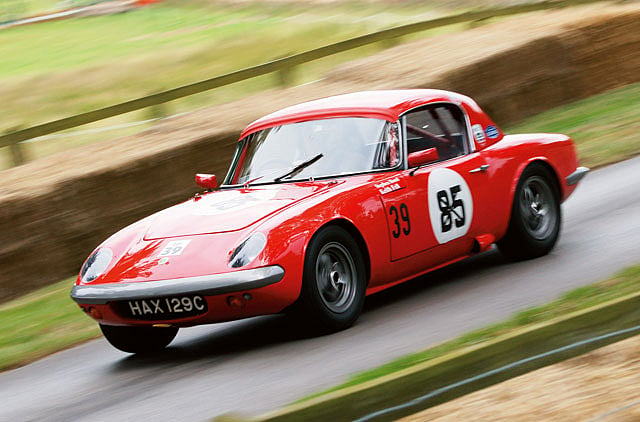Down memory lane with Lotus Elan
With its elegant styling and unprecedented dynamics

Ever since he formed Lotus in 1952, Colin Chapman and his cars were an integral part of Europe’s motorsport scene. Although notoriously fragile and powered by small engines, his cars soon earned a reputation of being giant killers. He tried replicating his success in racing on the roads with the fast
yet highly impractical Seven roadster, but it didn’t take off the way Chapman had hoped it would. Then in 1959 he introduced the elegant Elite coupé, which set a new trend in carmaking by being the first production car in the world to be fully built from fibreglass. For the first time, other sportscar makers started to take notice of Lotus, as the Elite proved that good looks and great handling could go hand in hand.
As good as the Elite was, it was the revolutionary 1962 Elan that’s widely considered Chapman’s masterpiece. Like the Elite, it was a small, lightweight, two-seater roadster powered by a four-cylinder engine. But it was a lot more practical as a daily drive than the former, and its fibreglass body was further strengthened by a sturdy steel backbone chassis, giving it an overall rigidity that the Elite lacked. The Elan also featured disc brakes all around, rack-and-pinion steering and all-coil independent suspension with rear MacPherson struts, making it impressively agile and responsive.
At lighter than 700kg, the Elan’s Ford-derived, high-revving, 1.6-litre four-cylinder engine with twin Weber carburettors made 105 horsepower and 146Nm of torque, helping the sportscar from 0-100kph in less than eight seconds. With its telepathic handling and go-kart-like cornering abilities, the Elan soon went on to cement its place in history as one of the greatest sportscars ever made.
Designed by Lotus design and development engineer Ron Hickman, the Elan was also fairly good looking. It was as big a hit in the US as in Europe, and over its 12-year production run the Elan evolved progressively, with a coupé variant and later a stretched Plus-two coupé series joining the roadster. In 1971 the Elan Sprint was introduced with a “big-valve” 126bhp engine tuned by specialist Tony Rudd. This final incarnation went on to become immensely popular and is considered by many as the best variant of the Elan. Lotus revived the Elan badge in the late Eighties with a front-wheel-drive convertible powered by an Isuzu engine, and a concept in 2010 for a modern version expected to be out as a 2014 model. But the first-generation Elan, with its unmatched handling and its legendary harmony with the driver, is still the benchmark for lightweight, low-displacement sportscars.
Sign up for the Daily Briefing
Get the latest news and updates straight to your inbox
Network Links
GN StoreDownload our app
© Al Nisr Publishing LLC 2025. All rights reserved.